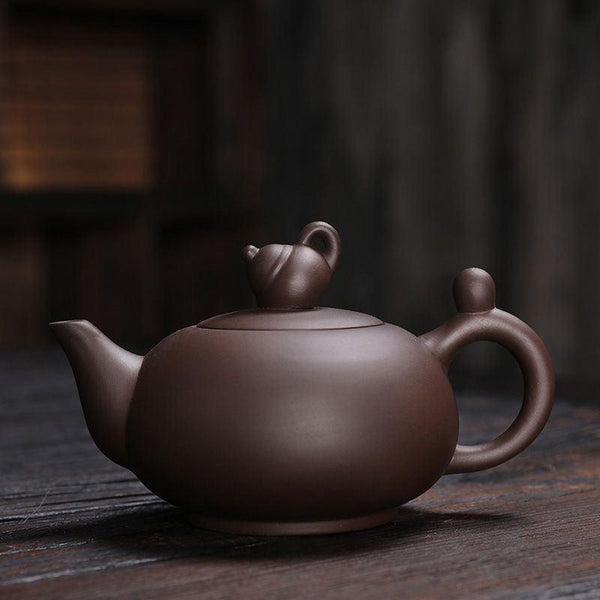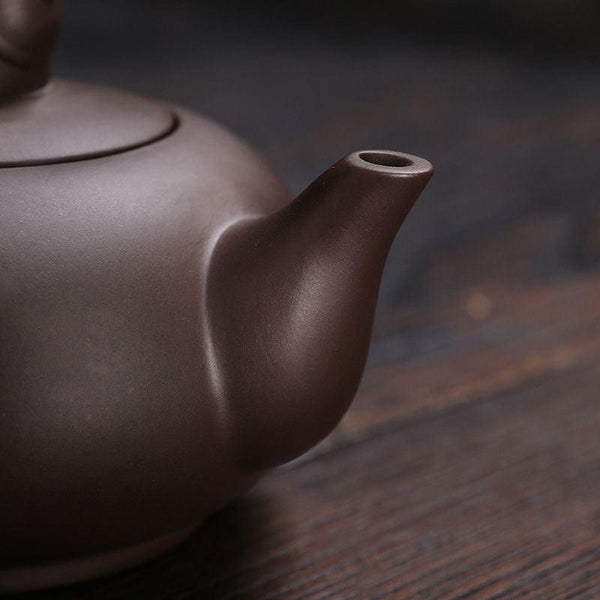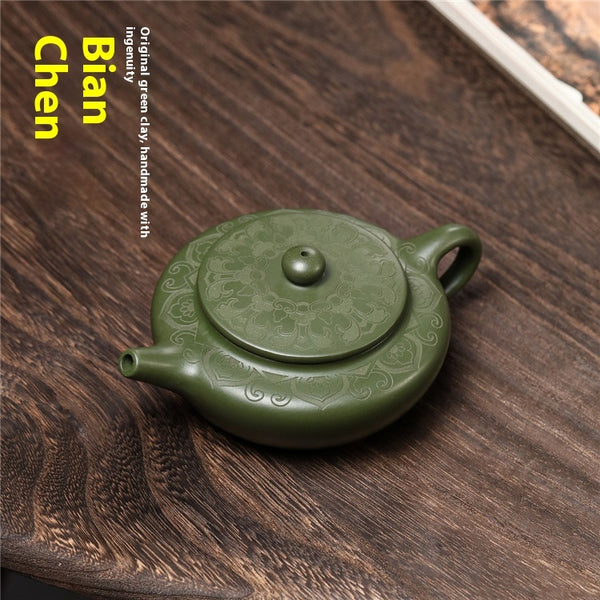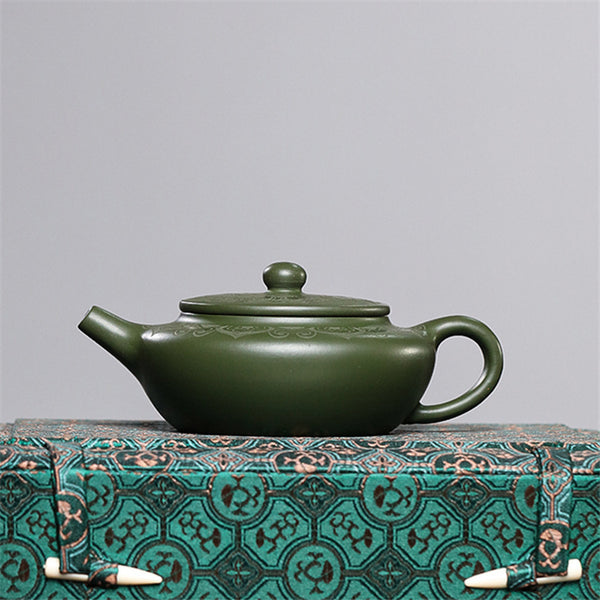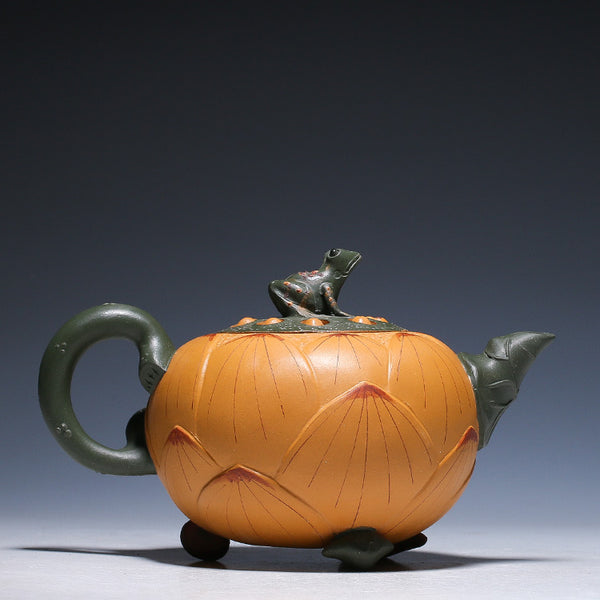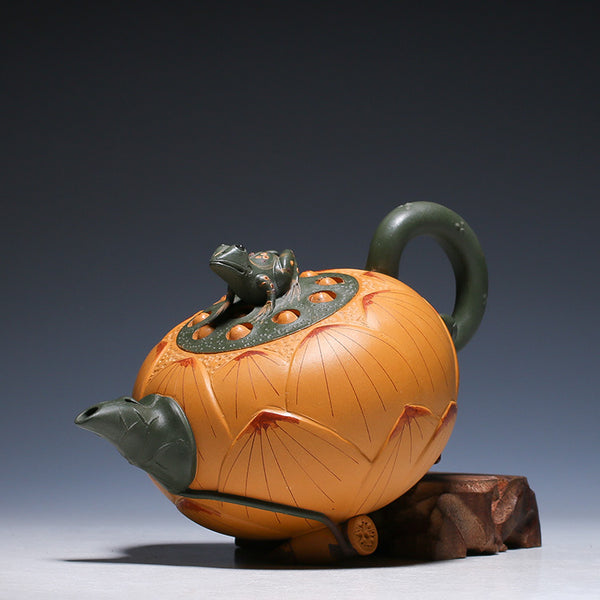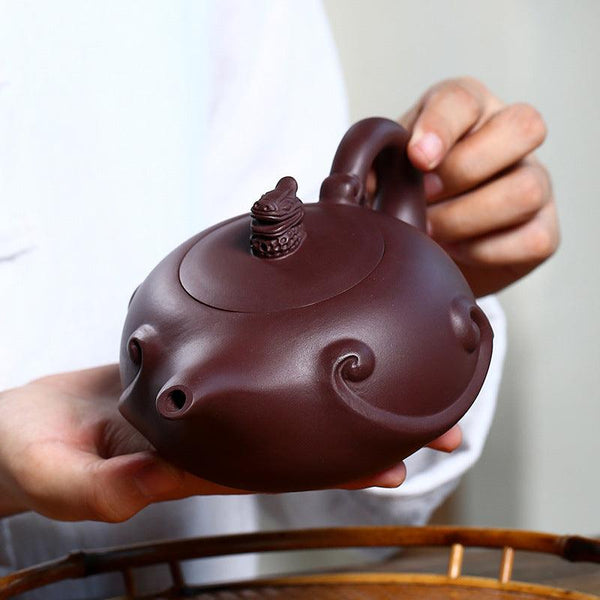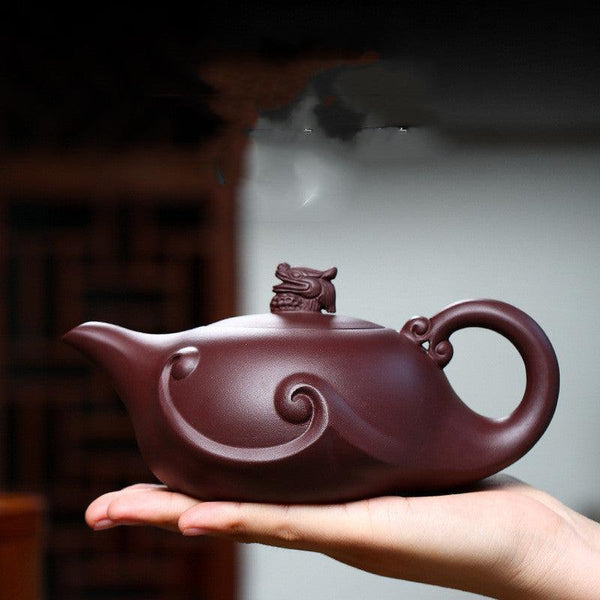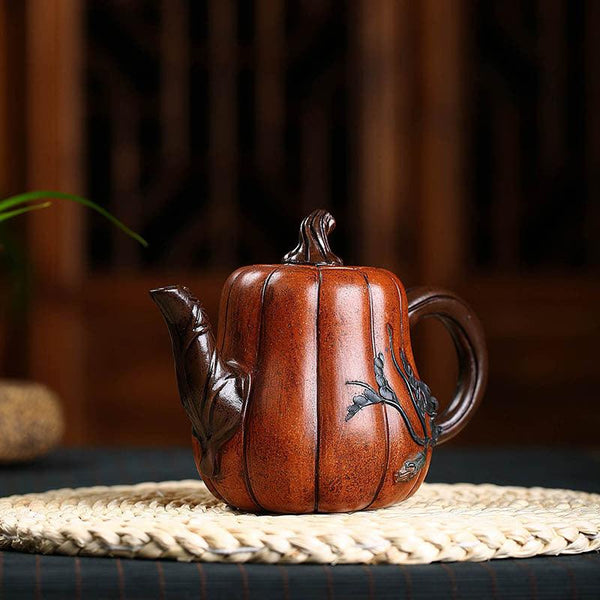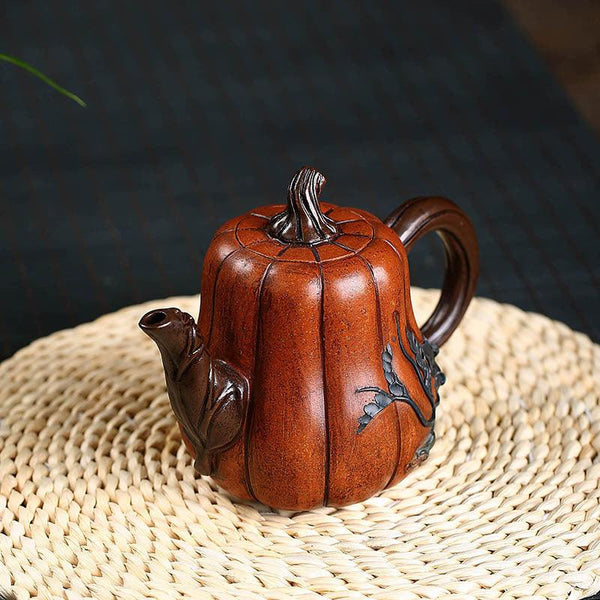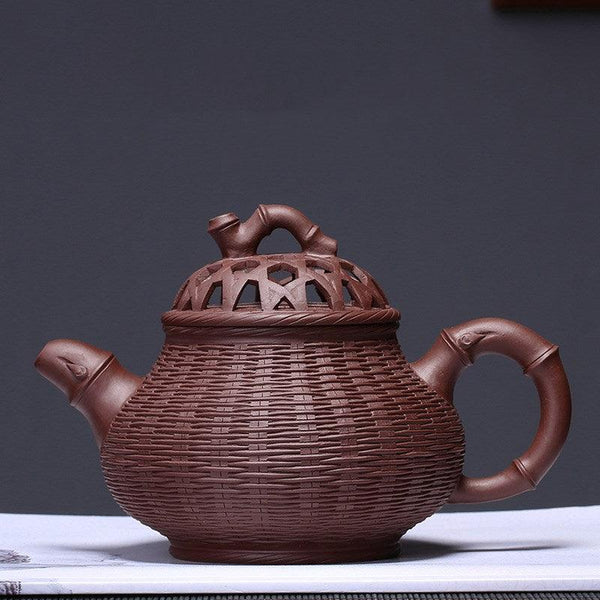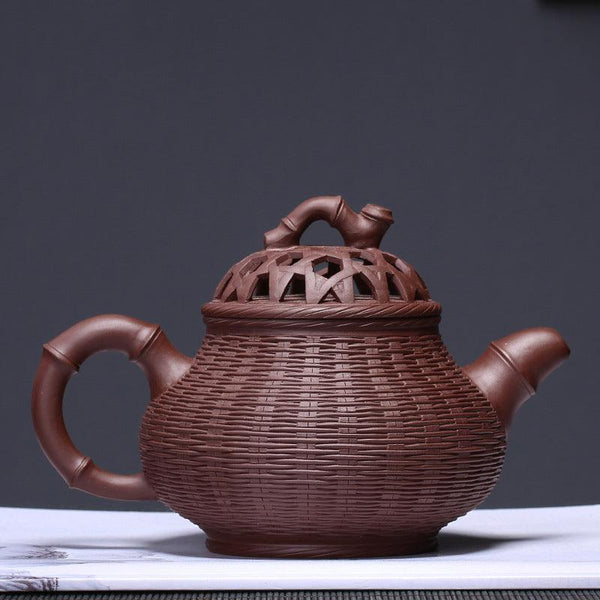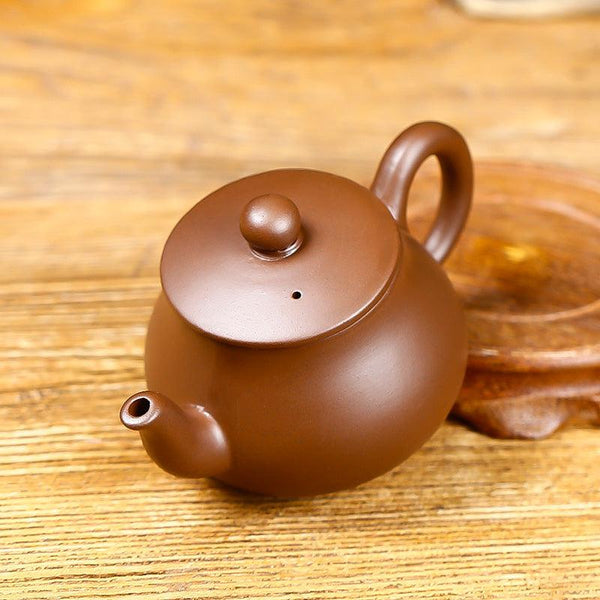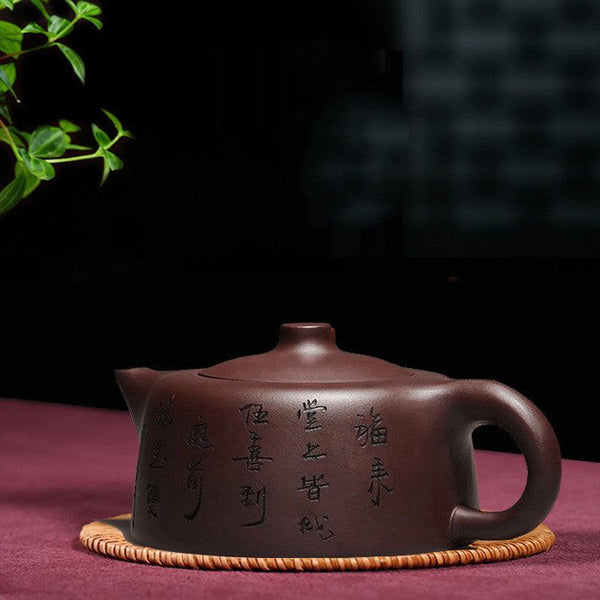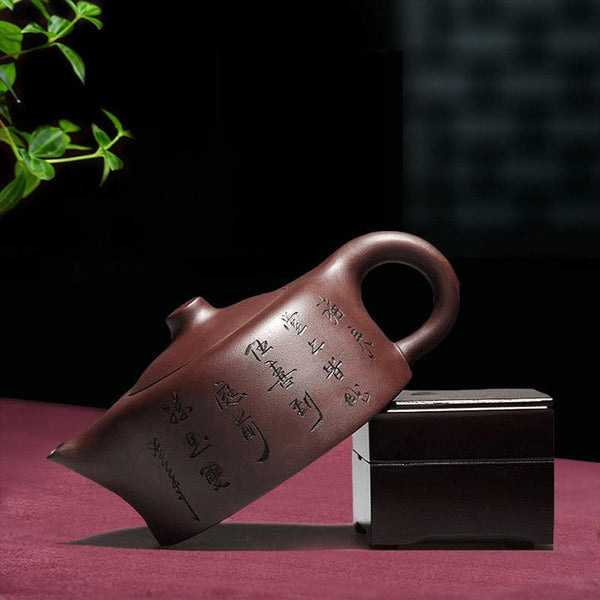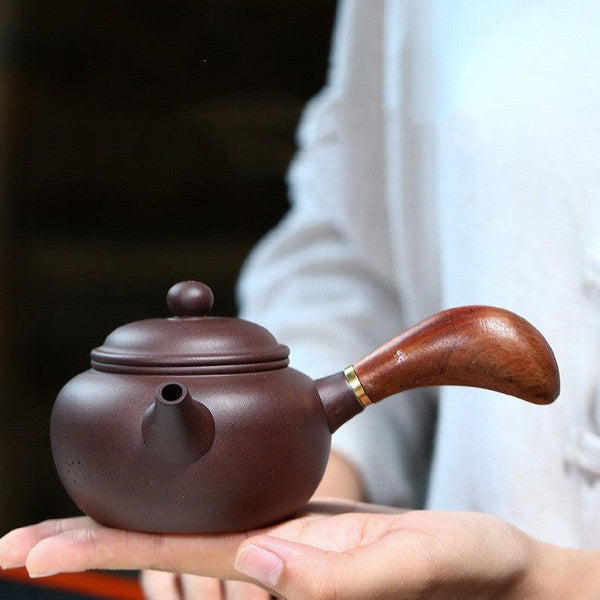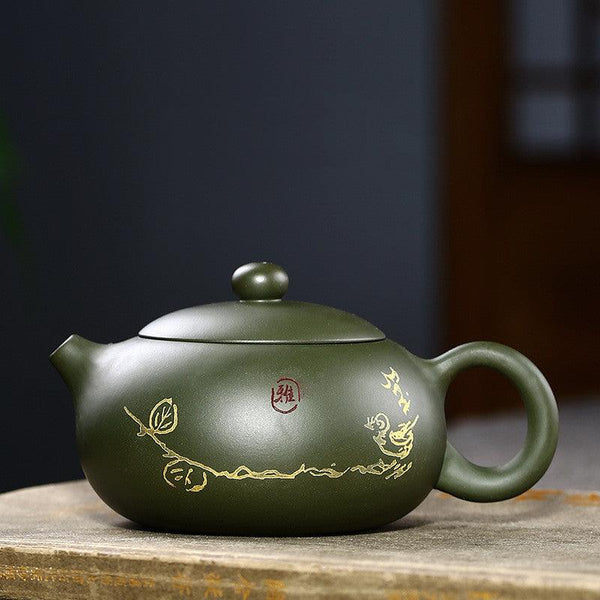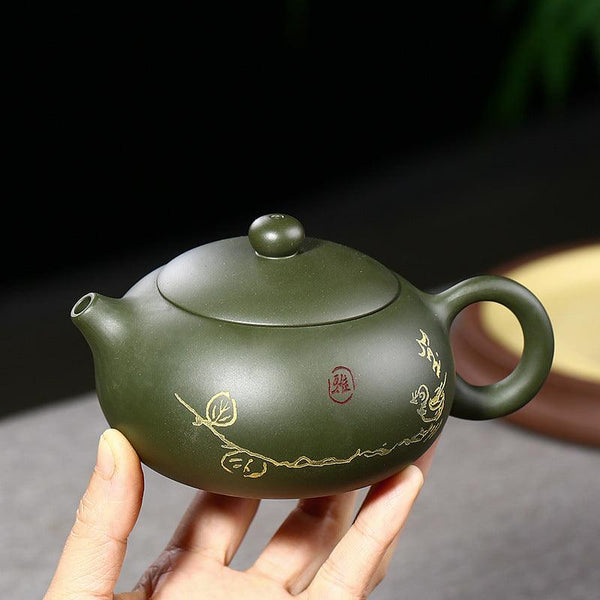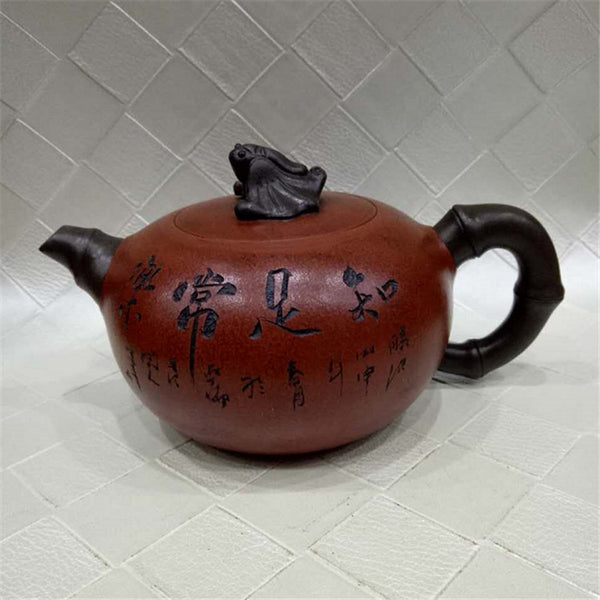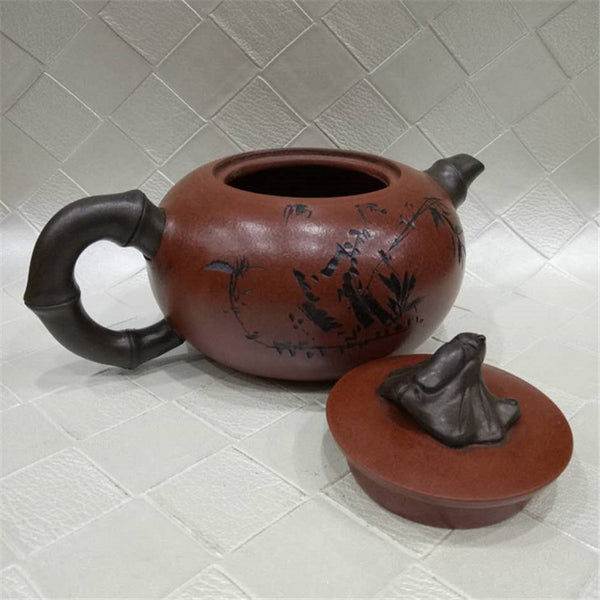In the serene world of tea craftsmanship, few rituals embody harmony and tradition as elegantly as brewing oolong tea in a Zisha teapot. Known for its porous texture and artisanal allure, the Zisha teapot (or Yixing teapot) is more than a vessel—it is a companion to the tea itself, subtly enhancing each brew over time while embodying the philosophy that great tea is an art to be savored. Oolong tea, with its spectrum of floral, fruity, and toasty notes, demands a brewing method that respects its complexity. This article explores the dance between oolong tea and the Zisha teapot—a partnership steeped in history, science, and artistry.
What is Oolong Tea
Oolong tea, or "wulong" in Chinese, is a partially fermented tea, sitting between green and black tea in terms of oxidation, ranging from 10% to 70%. This process allows Oolong to retain the fresh, grassy flavors of green tea while adopting the fuller, richer qualities of black tea. Oolong is rich in antioxidants, helping to fight free radicals, prevent cell damage, and reduce chronic disease risks. It also aids in improving skin tone, stimulating metabolism, and promoting weight management by boosting fat burning. Additionally, its moderate caffeine content enhances mental clarity and focus, making Oolong a favorite among tea enthusiasts.
Types of Oolong Tea
Oolong tea comes in a wide range of flavors, which are largely determined by the variety of the tea leaves, the growing conditions, and the specific processing methods used. The two most prominent types of Oolong tea are Light Oolong and Dark Oolong.
Light Oolong (Mildly Oxidized)
Light Oolongs, also known as green Oolongs, are minimally oxidized, typically around 10% to 30%. These teas have a delicate floral aroma with sweet, grassy flavors and a smooth finish. Famous examples of light Oolongs include Taiwanese High Mountain Oolong and Tie Guan Yin. These teas are often lighter in color, ranging from pale green to golden yellow when brewed.
Dark Oolong (Heavily Oxidized)
Dark Oolongs are oxidized between 40% to 70% and have a more robust, roasted flavor. These teas are often described as having rich, complex aromas, with flavors of caramel, chocolate, or even a hint of smokiness. Da Hong Pao and Wuyi Rock Oolong are examples of dark Oolong teas, which are typically darker in color, ranging from amber to deep reddish-brown.
Both types of Oolong tea are perfect for brewing in a Zisha teapot, though the brewing method may vary slightly depending on whether you are preparing a light or dark Oolong.
What Kind of Zisha Teapot is Suitable for Brewing Oolong Tea
Handcrafted from clay mined in China’s Jiangsu province, Zisha Teapot excels in heat retention and mineral interaction, coaxing out layers of aroma and flavor that might otherwise remain dormant. As the teapot seasons with repeated use, it develops a patina that whispers stories of every infusion, becoming a cherished heirloom for tea connoisseurs. This particular type of teapot is highly prized for its ability to enhance the flavor of tea, especially Oolong. The porous nature of the purple clay allows it to absorb the flavors of the tea over time, improving the taste with each use.
When selecting a Zisha teapot for Oolong tea, it's essential to consider a few key factors:
- A medium-sized Zisha teapot (150ml to 200ml) is ideal, as it provides enough space for the leaves to expand and unfurl fully, ensuring a balanced brew.
- One with a wider base and open lid is recommended to allow the tea to breathe and promote even flavor extraction.
- Purple clay is particularly favored for Oolong tea. It enhances the tea's complexity and depth of flavor while maintaining heat well, ensuring consistent and optimal brewing temperatures throughout the process.
Steps for Brewing Oolong Tea with a Purple Clay Teapot
To brew Oolong tea using a Zisha teapot:
- Start by rinsing the teapot with hot water to warm it up and remove any dust. This ensures it’s at the right temperature for brewing.
- Measure about 5 to 7 grams of Oolong tea leaves for every 150ml of water, adjusting based on personal preference and tea type.
- Preheat the water to the correct temperature: use water at 80°C to 85°C for light Oolong and 90°C to 95°C for dark Oolong.
- Rinse the tea leaves with a small amount of hot water and discard it (water) to awaken the leaves and remove impurities.
- Pour the preheated water into the teapot, ensuring the leaves are fully submerged.
- Let the tea steep for about 30 seconds for the first infusion, and increase the steeping time for subsequent brews.
- Finally, pour the tea into small cups, enjoying its aroma and flavor.
Conclusion
Oolong tea is a versatile and flavorful drink that can be enjoyed in many ways, but brewing it with a Zisha teapot is a traditional and effective method that enhances the overall experience. This article delves into the origins of these traditions, the alchemy of brewing, and practical tips to unlock the full potential of your tea ritual. By understanding the different types of Oolong tea and using the right brewing techniques, you can unlock the full potential of this exceptional beverage. Whether you’re a seasoned enthusiast or a curious newcomer, prepare to discover how this timeless pairing elevates the simple act of drinking tea into a meditative celebration of culture and flavor.


